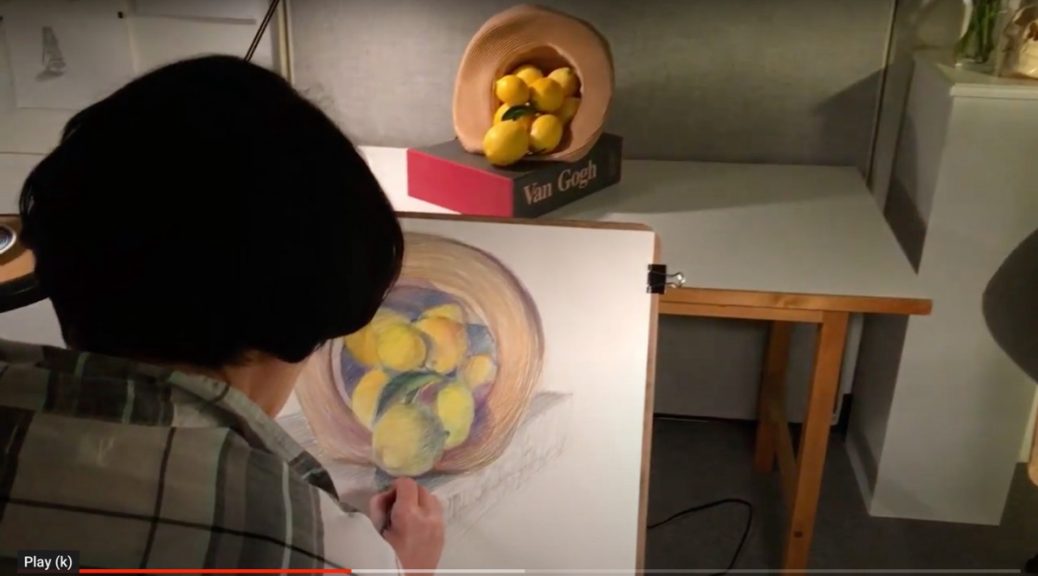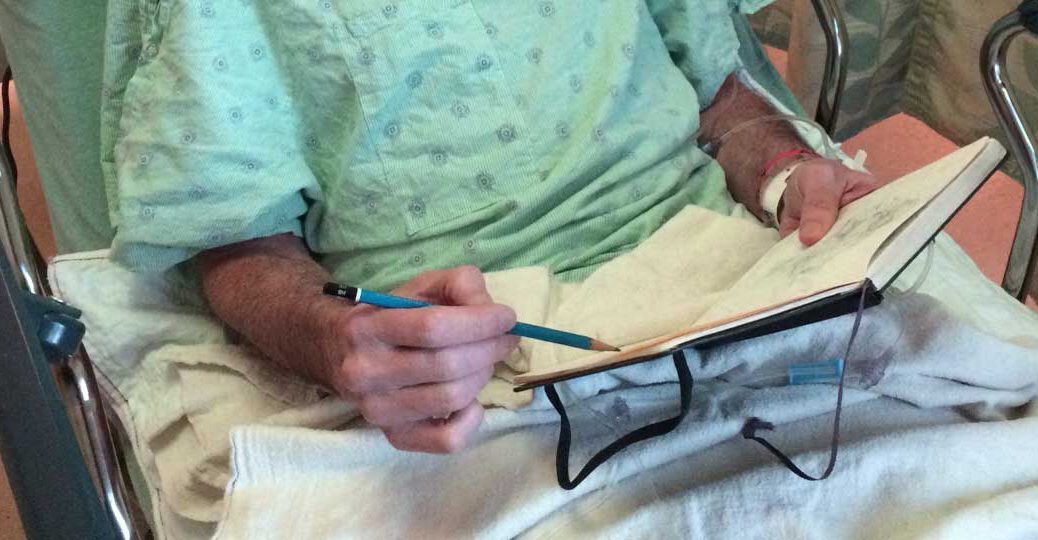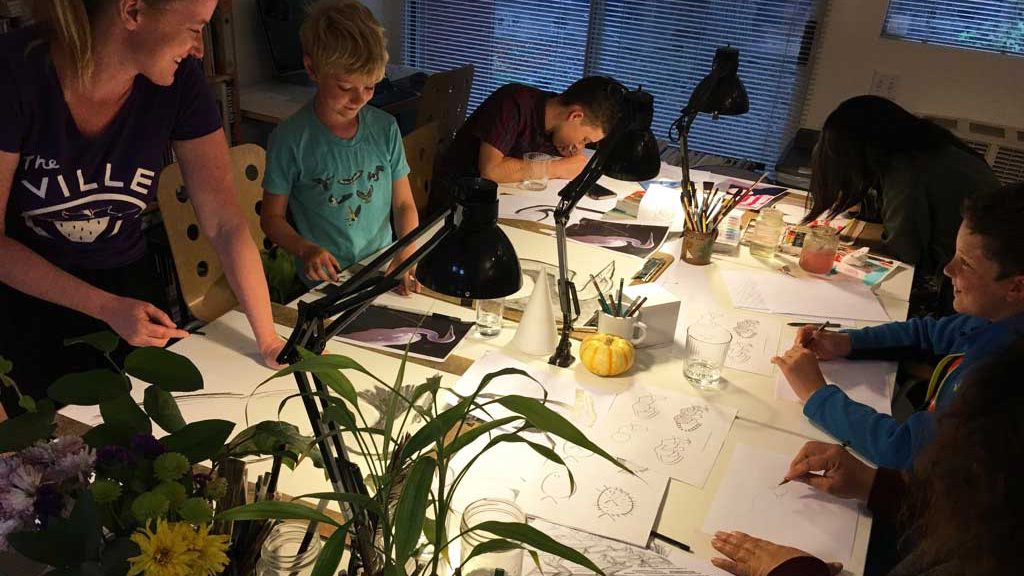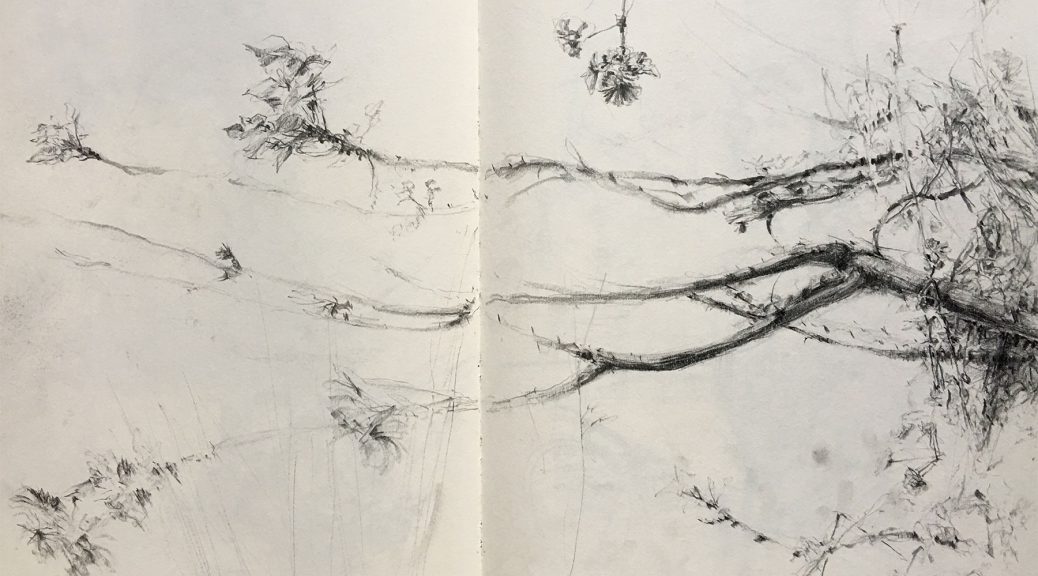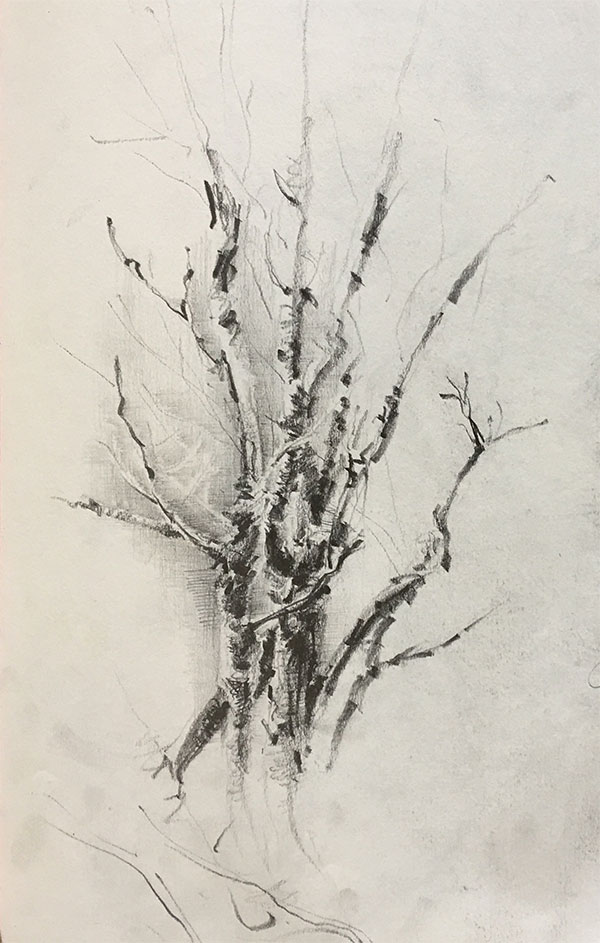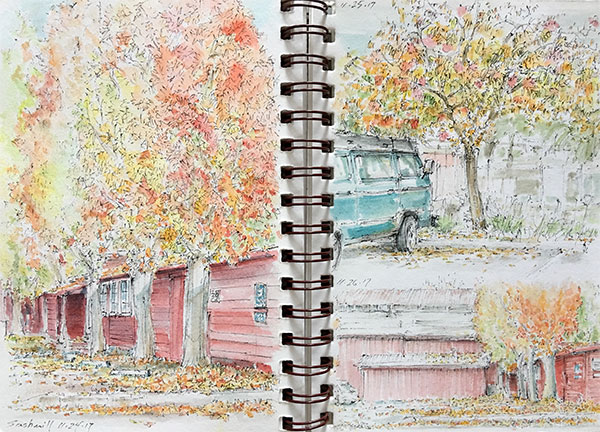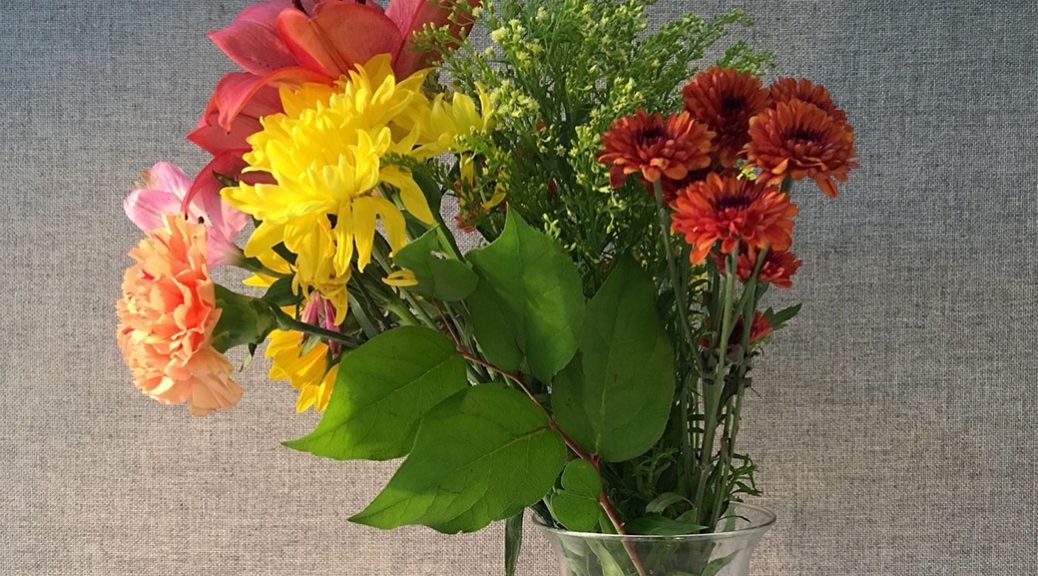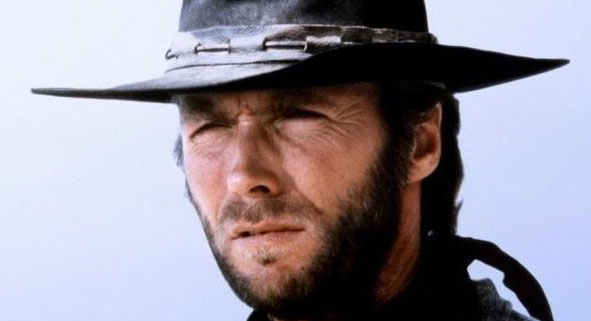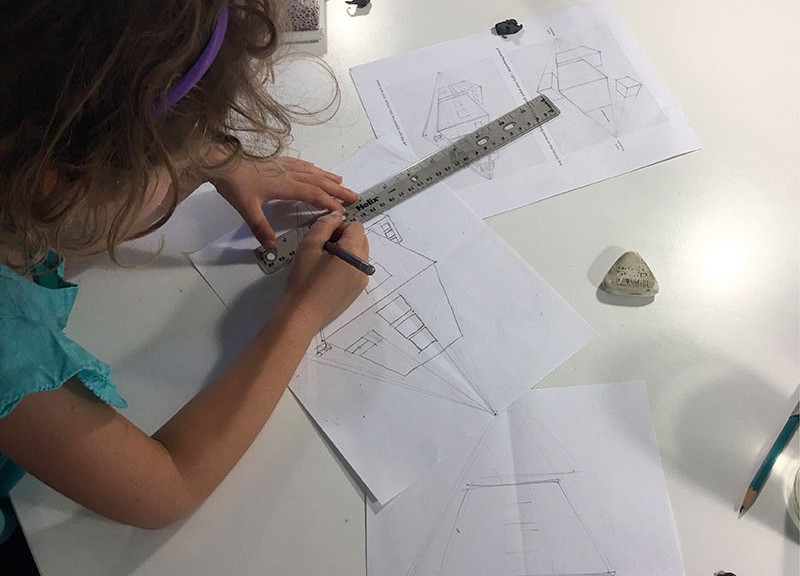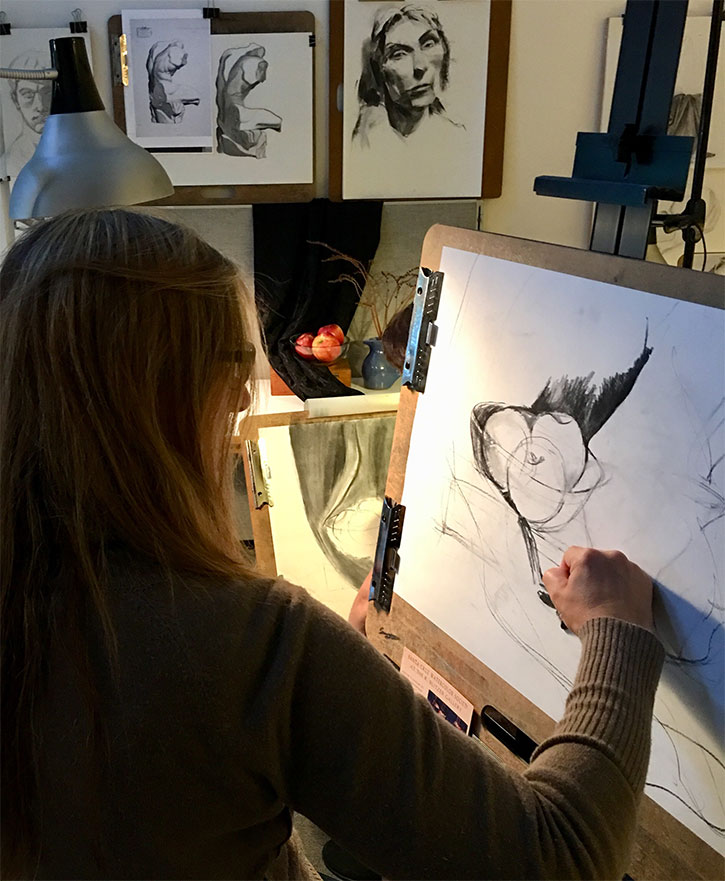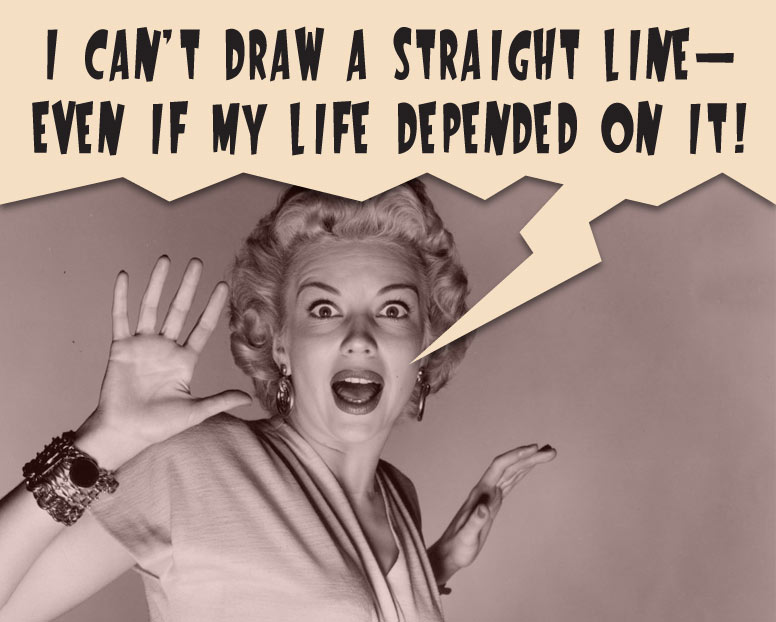With a cautious sigh of relief, we glance in the rearview mirror while leaving a turbulent 2020 in the dust behind us. But let’s not forget the great strides we made during our Drawing Lab sessions in the months prior to the pandemic shutdown.
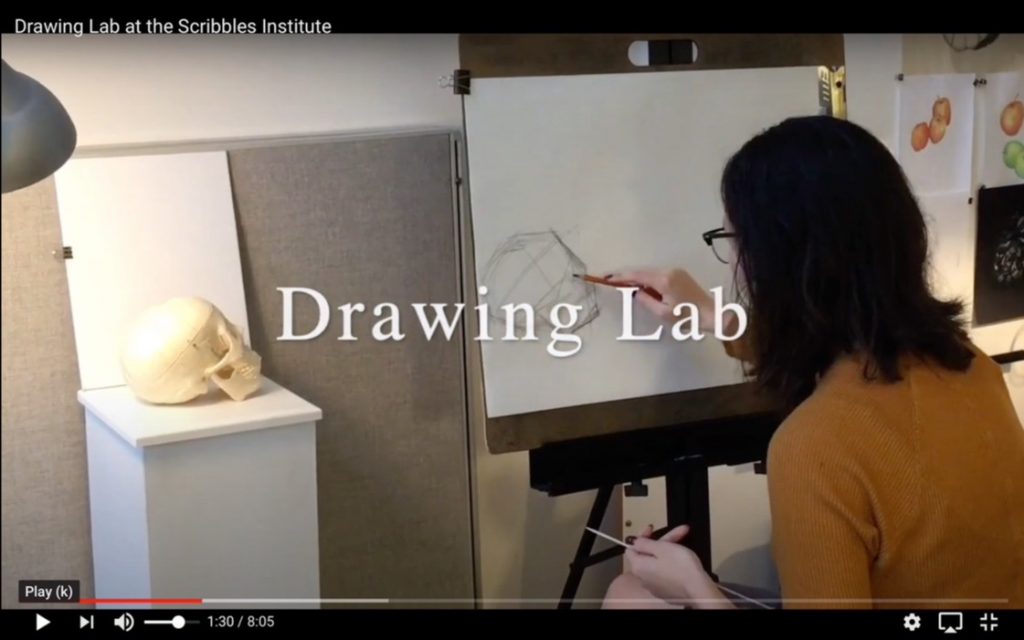
In fact, our lively student sessions spanned the course of 11 years before I had to close the Scribbles Institute studio permanently due to Covid restrictions.
A Stroll Down Memory Lane
As a special thanks to all of you for the many wonderful memories of working together during the past decade, I created this music video featuring our innovative Drawing Lab sessions.
Please enjoy watching it. You may see someone you know!
Here’s the link:
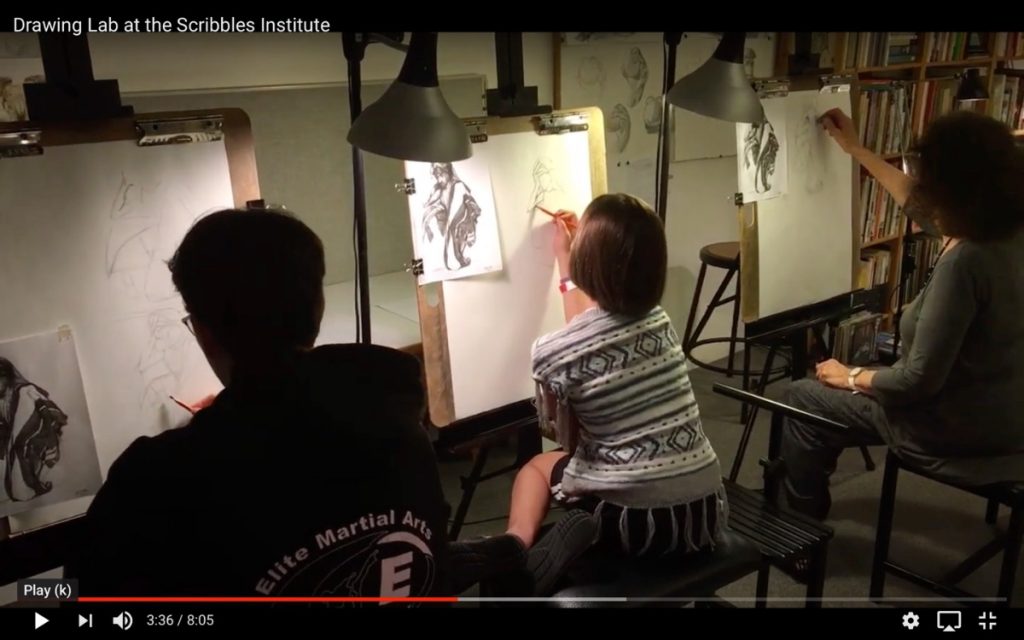
Cheers to the camaraderie we shared throughout the ups and downs of learning new drawing skills!
Continue reading Drawing Lab Farewell Music Video